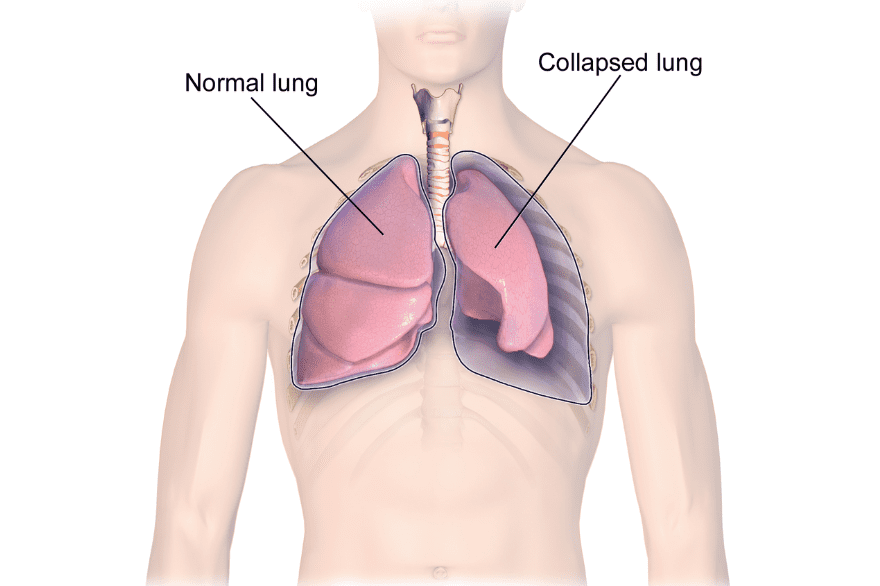
Pneumothorax ( ICD )
Pneumothorax ( ICD ) –
ICD (Intercostal Drain) insertion, also known as chest tube insertion, is a surgical procedure performed to treat pneumothorax, which is the accumulation of air in the pleural space surrounding the lungs. An ICD is a flexible tube that is inserted through the chest wall into the pleural space to drain the air or fluid and re-establish normal lung function.
After the ICD insertion, the patient is closely monitored for the resolution of pneumothorax and any potential complications. The length of time the ICD remains in place depends on the patient’s condition and the rate of resolution of the pneumothorax. Once the pneumothorax has resolved, the ICD is removed.
Complications associated with ICD insertion can include infection, bleeding, damage to surrounding structures, lung injury, and persistent air leaks.
Syptoms:
A Baker’s cyst, also known as a popliteal cyst, is a fluid-filled swelling that forms at the back of the knee. It develops when synovial fluid, which lubricates the knee joint, accumulates and creates a bulge in the synovial lining of the knee.
Baker’s cysts are often associated with underlying knee conditions that cause increased production of synovial fluid or blockage of its normal flow. Some common conditions that can lead to the development of a Baker’s cyst include:
- Knee joint inflammation: Conditions like arthritis, particularly rheumatoid arthritis and osteoarthritis, can trigger increased synovial fluid production and contribute to the formation of a Baker’s cyst.
- Knee injury: Trauma or injury to the knee, such as a torn meniscus or ligament, can lead to inflammation and excess fluid accumulation, resulting in the cyst.
The main symptom of a Baker’s cyst is a visible or palpable swelling at the back of the knee. Other possible signs and symptoms may include:
- Knee pain or discomfort, especially when fully extending or bending the knee.
- Stiffness or limited range of motion in the knee joint.
- Feeling of tightness or pressure in the back of the knee.
Meet Our Doctors
